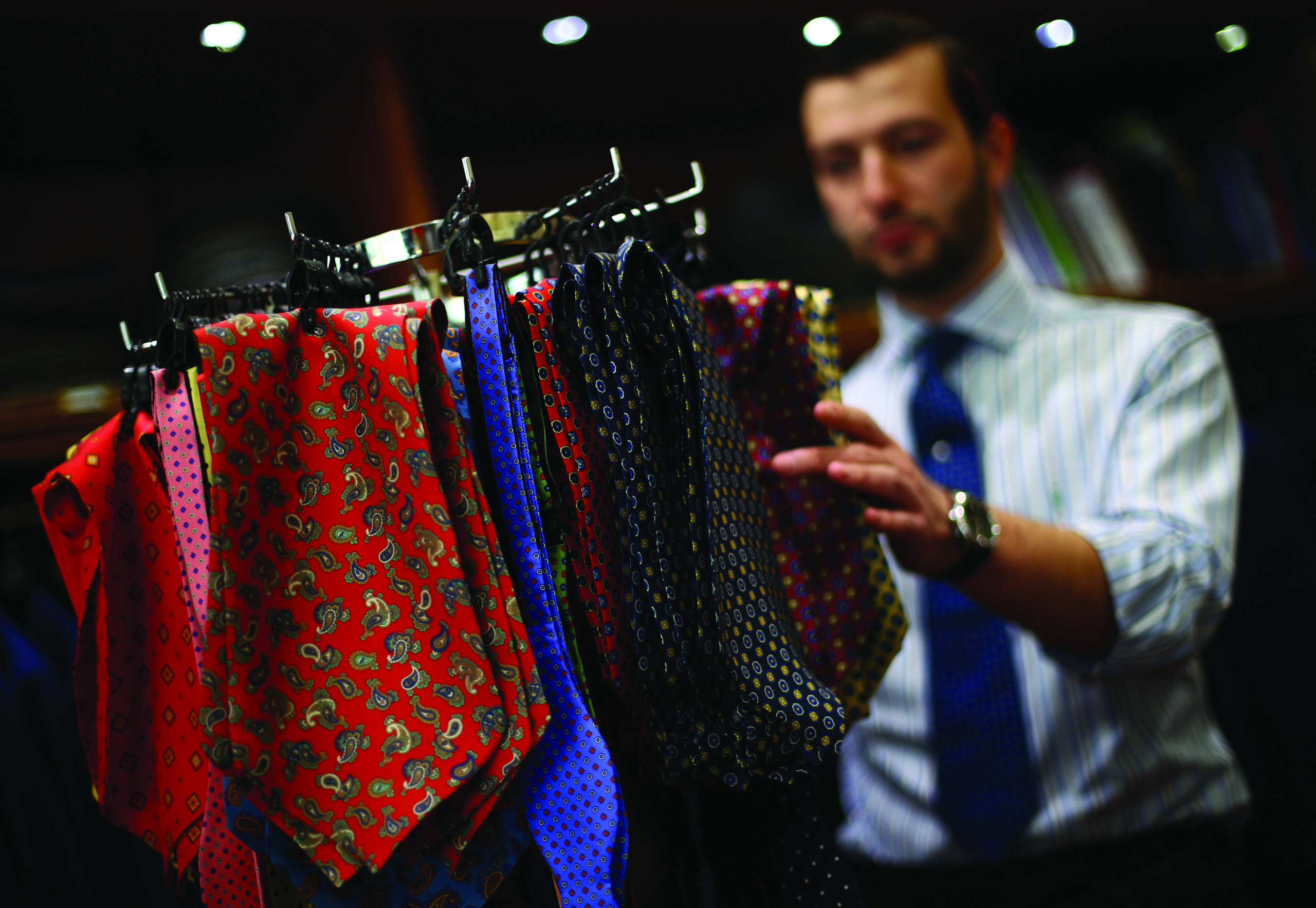

Italian luxury designer Brunello Cucinelli makes men’s suits that sell for up to 7,000 euros ($8,200). But even he - like most people across the globe - hasn’t worn a suit for months, let alone bought one.
“We’ve all been locked away at home, so this is the first jacket I have put on since March,” Cucinelli said in Milan as he presented his latest collection in September, wearing a light grey blazer.
Most people in “white-collar” jobs are working from home, with a newfound love of sweatpants, a trend that some experts expect to outlive the pandemic. And few, if any, weddings or parties are taking place.
This seismic shift in behaviour is having profound repercussions across the supply chain for suits and formal wear, upending a sartorial sector spanning every continent. In Australia, the world’s biggest producer of merino wool, prices have been in freefall, hitting decade lows. Many sheep farmers are in dire straits, storing wool in every available shed in the hope of a rebound.
In northern Italy, the wool mills that buy from the farmers and weave the fabric for high-end suits have seen their own orders from retailers nosedive. In the United States and Europe, several retail chains specialising in business attire such as Men’s Wearhouse, Brooks Brothers and TM Lewin have closed stores or filed for bankruptcy over the past few months, and more could follow.
Players at all levels said they were being forced to adapt to survive, from farmers turning to other forms of agriculture to mills making stretchier fabrics for a new breed of suits that don’t crease easily and are more resistant to stains.
“People want to be more comfortable and are less inclined to wear a formal suit,” said Silvio Botto Poala, managing director of Lanificio Botto Giuseppe, a wool mill in Italy’s textile hub of Biella which counts Armani, Max Mara, Ralph Lauren and Hermes among its customers. “With Zoom conferences and smart working, you’ll see men wearing a shirt, perhaps even a tie, but not many suits.”

Head Shirt Cutter Tom Bradbury looks at silk ties displayed for sale in the Dege & Skinner tailors on Savile Row, amid the coronavirus disease (COVID-19) outbreak, in London, Britain October 7, 2020. REUTERS/Hannah McKay[/caption]
MERINO FARMERS CLING ON
Fine wool prices in Australia have more than halved during a tumultuous 18-month period, as usually healthy purchases of merino wool from Italian mills have almost ground to a halt. The benchmark price for merino wool fell to A$8.58 ($6.1) per kg in early September, auction results show, down from A$20.16 in early 2019. It has since partly recovered to just over A$10.
Andrew Blanch, managing director of New England Wool in New South Wales, which sources wool from farms for Italian textile makers, said many buyers now had excess supplies. “They’ve all got wool to get rid of before they even come back to the market here,” said Blanch, speaking on the phone from wool auctions in Sydney’s western suburbs. “If the shops aren’t open, everything just backs up. A lot of the orders we had bought wool against just got cancelled by their clients in the U.S. and around Europe.” He said that China, which alongside Italy purchases most of Australia’s more than A$3 billion in annual wool exports, was now “the only show in town” even though Chinese buyers were also acquiring less wool.
Many merino sheep farmers are storing their wool in sheds or storage facilities; though some who are still emerging from a three-year drought are selling their bales into the weak market to stay financially afloat. “Not everyone is big enough to hold on to their wool clip and wait for the price to change,” said Dave Young, a farmer near the New South Wales town of Yass. “We are in the position where we have to meet the market within a relatively short time after shearing.”— Reuters
Oman Observer is now on the WhatsApp channel. Click here



